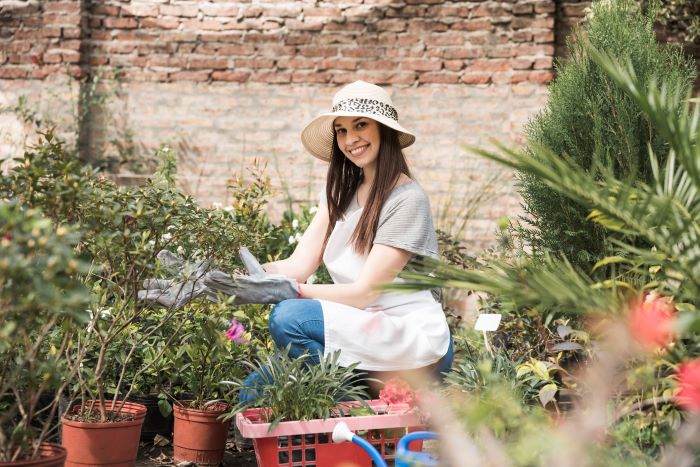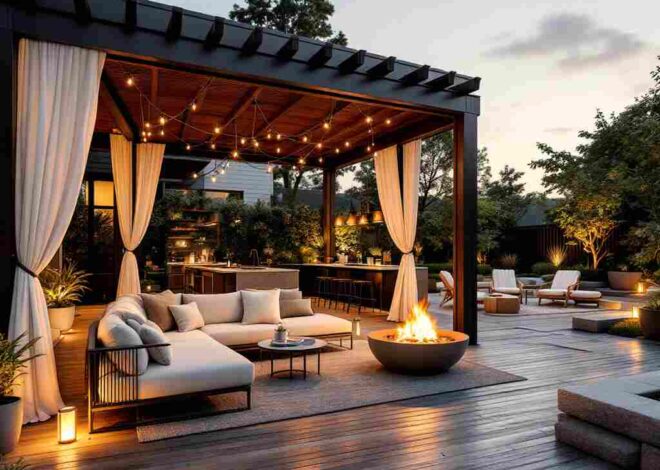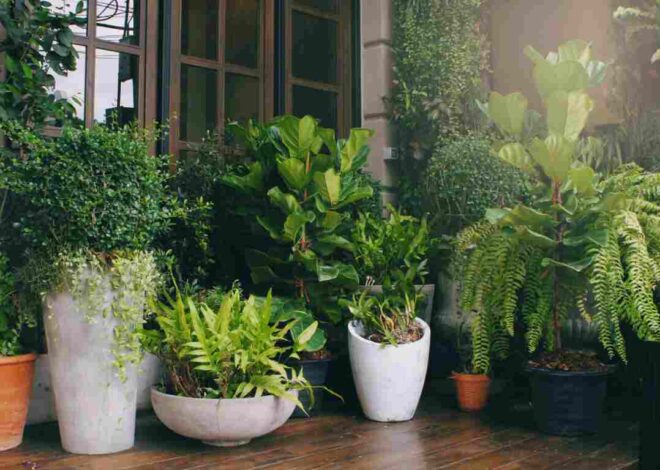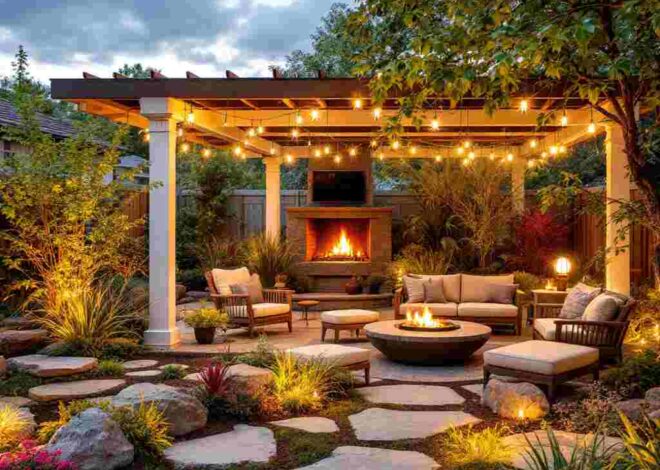
How to Create a Budget Garden Design: A Comprehensive Guide
Creating a budget garden design is not only about saving money but also about harnessing your creativity to transform an outdoor space into a beautiful and functional area. Gardening on a budget doesn’t mean you have to compromise on aesthetics or quality. With the right strategies, you can increase your property value, improve your mental health, and contribute positively to environmental sustainability. This guide will walk you through the essential steps to crafting a budget-friendly garden that thrives and inspires.
Understanding Your Garden Space
Assess the Existing Conditions
Evaluate the Size, Shape, and Layout
Begin by understanding the physical dimensions of your garden. Use a tape measure to get accurate dimensions and consider how the shape might influence your design choices. Whether you’re working with a vast area or a small balcony, each space offers unique opportunities.
Identify Sun Exposure and Soil Type
Knowing where the sun hits your garden and the type of soil you have at your disposal is crucial. Sun exposure will determine what kind of plants you can cultivate, while soil type can affect which nutrients are available to your plants.
Determine Microclimates
Microclimates are small areas within a garden that have slightly different conditions from the rest of the space. Identifying these can help you make the most of each garden section.
Set Your Budget
Determine Your Overall Budget
Decide how much you can realistically afford to spend. This total will guide all your decisions from materials to plant types.
Prioritize Must-Have Elements
List down all the elements you consider essential for your garden, such as seating areas or a specific type of plant.
Allocate Your Budget
Divide your budget according to your priorities. Ensure you allocate funds for both plants and hardscaping materials.
Designing Your Budget Garden
Choose a Garden Style
Consider Budget-Friendly Garden Styles
There are many styles to choose from that don’t require a hefty budget. Popular choices include:
- Cottage Garden: Known for its dense plantings and informal design.
- Xeriscaping: Focuses on water efficiency, using primarily drought-tolerant plants.
- Edible Landscaping: Incorporates food-producing plants into decorative garden designs.
Identify Key Elements
Each garden style has distinctive elements. For instance, cottage gardens often feature a mix of flowers, herbs, and edible plants in a seemingly haphazard arrangement, creating a charmingly rustic appearance.
Plan the Layout
Sketch Out a Basic Layout
Draft a simple plan that includes major features like paths, beds, and seating areas. Think about the flow from one part of the garden to another and how you’ll move through the space.
Incorporate Focal Points and Pathways
Design paths that lead the eye and foot to key areas, and create focal points that catch attention, such as a water feature or an art piece.
Select Low-Cost Plants
Research Plant Options
Choose plants that are cost-effective, such as perennials that return year after year or self-seeding annuals that propagate themselves.
Use Native Plants
Native plants are usually well-adapted to the local environment and require less water and maintenance.
Incorporate Repurposed and Recycled Materials
Upcycle Items
Old furniture, pallets, and containers can be transformed into garden elements that add a unique touch without breaking the bank.
Utilize Inexpensive Hardscaping
Explore Budget-Friendly Options
Materials like gravel, mulch, and reused bricks can be cost-effective solutions for paths and patios.
Implementing Your Budget Garden Design
Prepare the Site
Clear and Amend the Soil
Make sure the ground is ready for planting by clearing debris and improving the soil with compost.
Install Hardscaping Elements
Lay Pathways and Build Features
Construct the structural elements of your garden such as pathways and raised beds. Ensure these are well planned for functionality and aesthetic appeal.
Plant and Maintain Your Garden
Plant According to Needs
Place each plant in a location best suited to its sun, soil, and water needs to ensure healthy growth.
Maximizing Your Budget Garden’s Potential
Add Decorative Elements
Use DIY Solutions
Create garden art from upcycled materials to add personality to your space without large expenses.
Enhance with Lighting
Install Cost-Effective Lighting
Solar-powered lights are an excellent option for budget-friendly and environmentally sustainable garden lighting.
Incorporate Vertical Gardening
Maximize Space
Use vertical structures to grow more plants in a smaller area, which is especially useful in small urban gardens.
Maintain and Evolve Your Garden
Regular Upkeep
Continuously care for your garden by pruning, weeding, and adjusting plants and designs as necessary.
Conclusion
Creating a budget garden design does not have to be limiting. With creativity, careful planning, and a focus on sustainability, you can develop a thriving garden that enhances your home and life. Remember, a garden is always evolving, so feel free to experiment and adjust your design as you grow as a gardener. Embrace the journey, and enjoy your outdoor sanctuary without straining your wallet.


